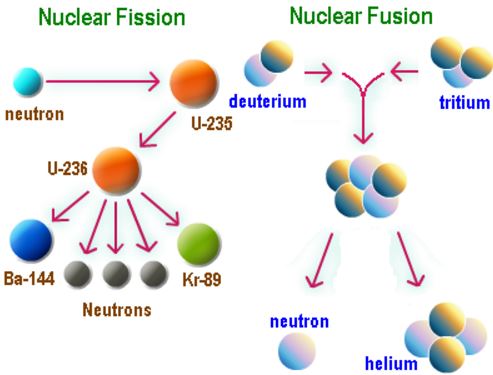

An understanding of the mechanisms by which such communities are sustained is of vital importance to any scenario of human social evolution. Hunter-gatherers, however, sustain communities of sizes unparallelled among either of these groups (Murdock, 1949, Birdsell, 1958, Birdsell, 1968, Binford, 2001), maintaining links with neighbouring communities over vast areas (Whallon, 2006). Studies of both social carnivores (Gittleman, 1989, Wrangham et al., 1993) and primates (Chapman, 1990, Chapman et al., 1995, Gillespie and Chapman, 2001) have demonstrated that increases in day journey length caused by group size increases are unsustainable and lead to group fission. The areas required to sustain hominin groups as they increased in size and moved towards higher latitudes over this period must therefore have expanded substantially, with concomitant effects on the length of time required to complete the foraging round. This trend towards latitudinal expansion has been parallelled by an exponential increase in hominin group sizes related to the increases in both absolute and relative brain size over the past three million years (Aiello and Dunbar, 1993, Dunbar, 1998, Dunbar, 2003, Grove, 2010a). Decreasing diversity and density of species further from the equator are recurrent ecological patterns (Wallace, 1891, Dobzhansky, 1950, Pianka, 1966, Rapoport, 1982, Stevens, 1989, Willig et al., 2003), correlating with reductions in effective temperature (Bailey, 1960, Gregorczuk and Cena, 1967) and suggesting that hominins expanding out of the tropics would have been forced to live at lower population densities, ranging further to acquire necessary resources (Binford, 1980, Kelly, 1983, Kelly, 1995, Kusimba, 2003). The course of evolution has taken hominins out of Africa on at least two occasions, and hominin evolution generally has been a story of successive migrations towards higher absolute latitudes (Gamble, 1993, Gamble, 2009, Lahr and Foley, 1994, Lahr and Foley, 1998, Templeton, 2002). These results are discussed in relation to studies of the foraging patterns of primates and hunter-gatherers. In contrast, chronologically-driven differences appear between H. erectus as a whole and Homo heidelbergensis, and between H. heidelbergensis and the Neanderthals. Analyses of the fossil record suggest latitudinally-driven differences in area requirements of the australopithecines from East and South Africa, and African and Asian Homo erectus. The current analyses suggest that the development of increasingly complex, multi-level fission-fusion social systems could have freed hominins of the foraging constraints imposed by large group sizes and low population densities. Coupled with a trend towards increasing group size over this time period, this tendency towards expansion has led to exponential increases in the area requirements of hominin groups, and a concomitant need to adjust foraging patterns. Poorer habitat quality further from the equator has led to the necessity for groups occupying higher latitudes to live at lower population densities.


The course of hominin evolution has involved successive migrations towards higher absolute latitudes over the past three million years.


 0 kommentar(er)
0 kommentar(er)
